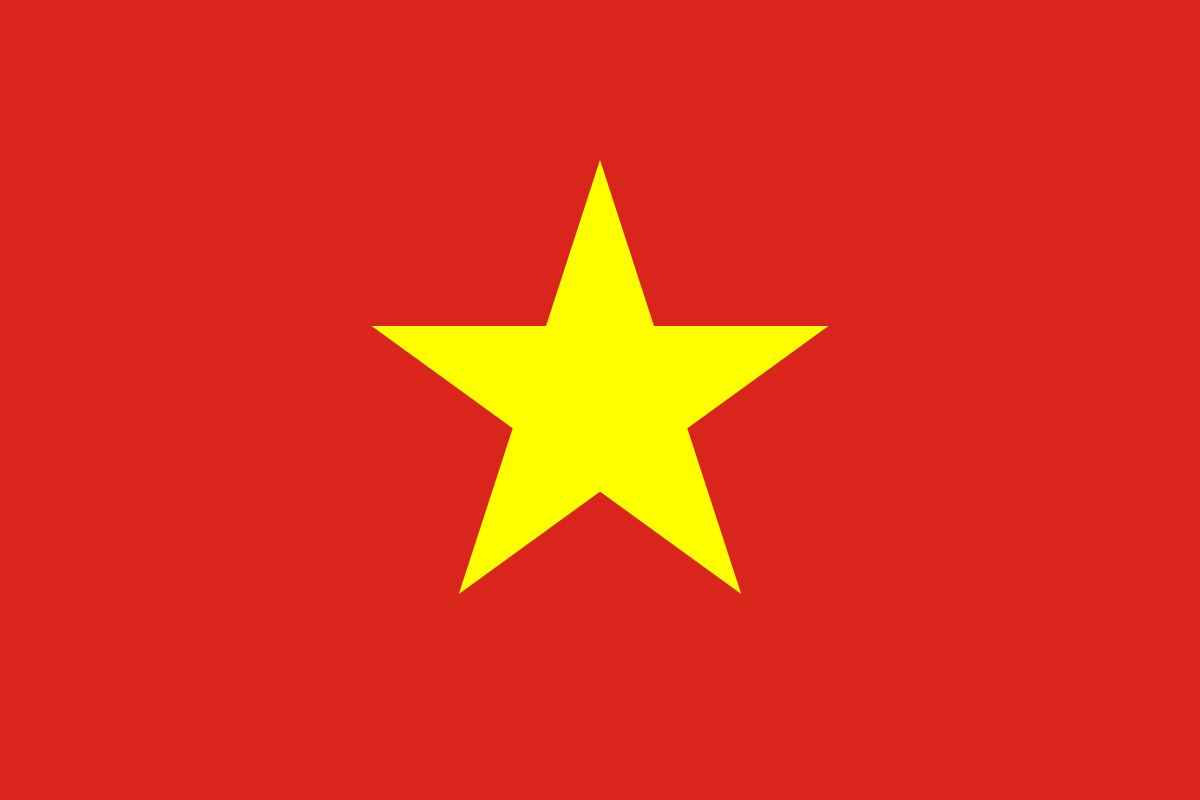Navigating the Diverse Aromas and Traditions
Vietnam, a country with a rich cultural tapestry and breathtaking landscapes, has emerged as a significant player in the global coffee market. The Vietnam coffee profile tells a story of resilience, innovation, and a unique approach to coffee cultivation that has captivated the taste buds of coffee enthusiasts around the world.
Vietnam’s diverse geography, stretching from the mountainous regions of the north to the lush plateaus of the Central Highlands, provides an ideal environment for coffee cultivation. The country’s coffee belt, including regions like Buon Ma Thuot, Dak Lak, and Lam Dong, benefits from altitudes ranging from 500 to 1,800 meters above sea level.
The distinct microclimates in these regions contribute to the nuanced flavor profile of Vietnamese coffee. The high altitudes result in a slower maturation process for the coffee cherries, enhancing the complexity of the beans and influencing their flavor characteristics.
Vietnam is primarily known for its production of Robusta coffee, which constitutes the majority of the country’s coffee output. Robusta, known for its bold flavor and higher caffeine content compared to Arabica, thrives in Vietnam’s tropical climate and is well-suited to the country’s diverse topography.
The robusta-dominant Vietnam coffee profile is often characterized by a full body, lower acidity, and distinctively bold and earthy flavors. This robusta preference sets Vietnam apart in the global coffee landscape and has become a defining feature of its coffee culture.
Vietnam is renowned for its innovative coffee processing methods, most notably the production of Vietnamese iced coffee, locally known as “cà phê sữa đá.” This iconic beverage involves brewing strong Robusta coffee over condensed milk and then pouring it over ice. The result is a sweet, strong, and refreshing drink that has become a staple in Vietnamese coffee culture.
Additionally, Vietnam is a significant player in the production of instant coffee. The country’s instant coffee processing techniques have evolved to meet the demands of the global market, making Vietnamese coffee a ubiquitous presence in households worldwide.
Coffee has woven itself into the fabric of Vietnamese culture, becoming more than just a beverage; it’s a social ritual. The country’s sidewalk coffee culture, where locals gather at small makeshift cafes to enjoy a cup of coffee and conversation, is a testament to the communal significance of coffee in Vietnam.
Traditional Vietnamese coffee preparation methods, such as the use of the iconic drip filter or “phin,” exemplify the cultural fusion of tradition and innovation. The slow drip of coffee through a small metal filter not only imparts a unique flavor but also serves as a symbol of the meticulous and patient approach to coffee in Vietnam.
The flavor profile of Vietnamese coffee is distinctive and memorable. Robusta beans contribute to a strong, full-bodied cup with lower acidity, featuring bold notes of chocolate, nuts, and an earthy undertone. The sweetened condensed milk used in popular preparations adds a creamy texture and sweetness, creating a harmonious balance of flavors.
Vietnamese Arabica, though less common than Robusta, is gaining recognition for its unique characteristics. Grown in the high-altitude regions, Vietnamese Arabica offers a more complex flavor profile with floral and fruity notes, appealing to those seeking a different facet of Vietnamese coffee.
Vietnam’s coffee profile is a captivating blend of tradition, innovation, and cultural significance. The robusta dominance, innovative processing methods, and the deeply ingrained role of coffee in Vietnamese daily life contribute to the country’s distinctive coffee culture. As Vietnam continues to make its mark on the global coffee stage, the allure of its unique coffee profile remains an invitation to explore the diversity and richness of this Southeast Asian coffee powerhouse.
Tags: coffee growers, Vietnam

